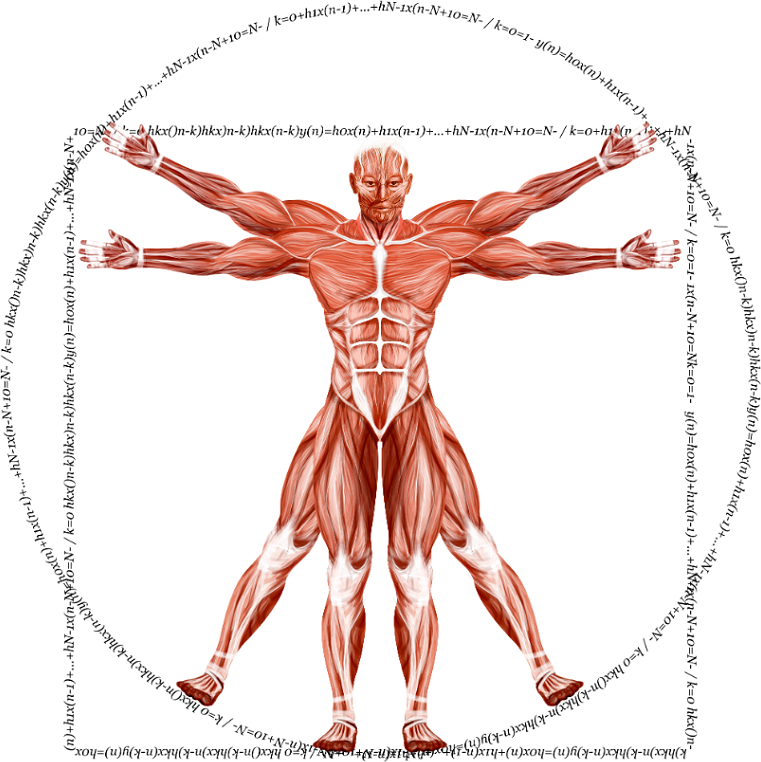Unlock Your Six-Pack: Top 5 Best Exercises for Abs & Lower Abs
Discover powerful gym exercises for defined abs
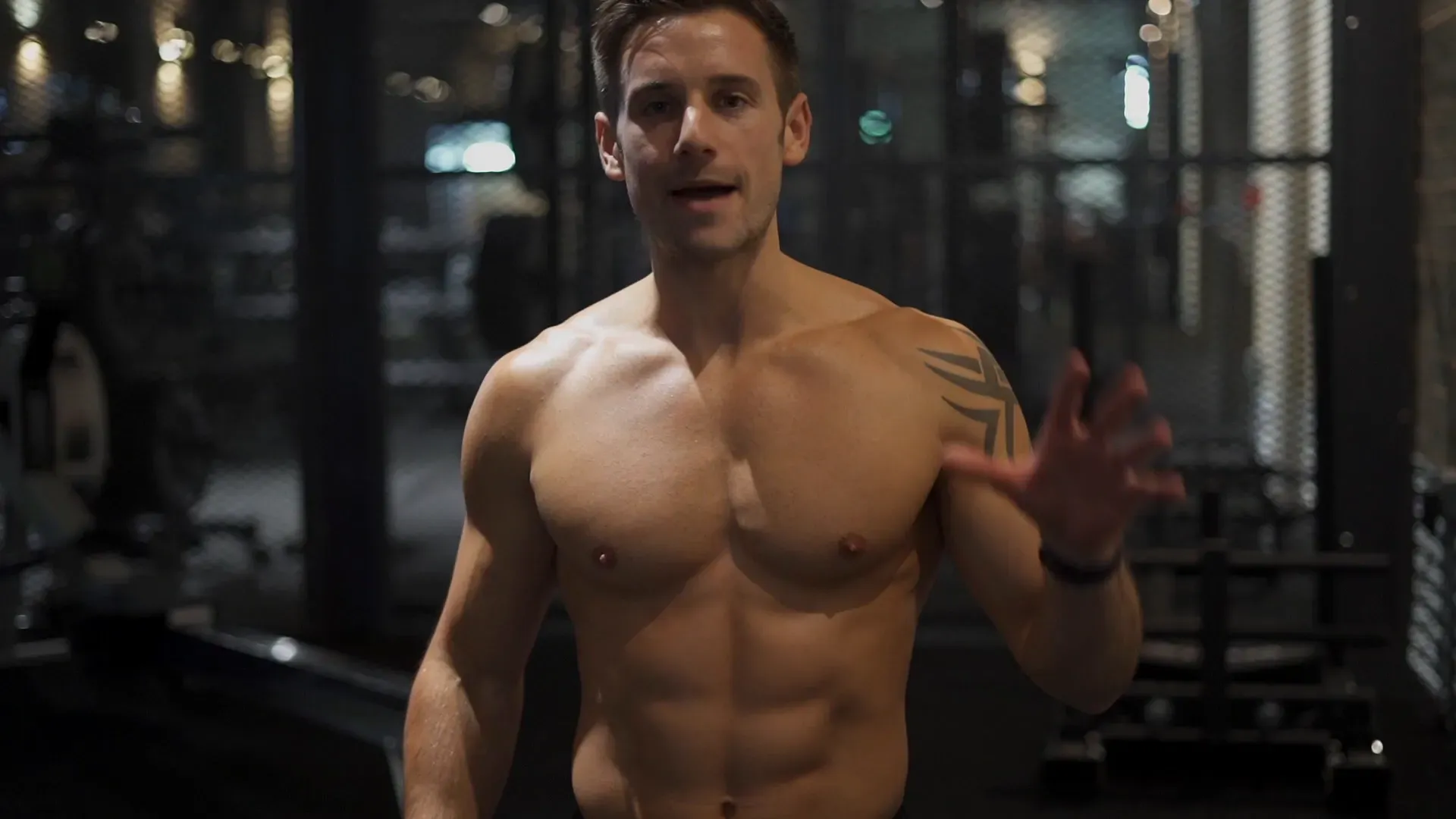
Key Takeaways
- Consistency is Key: Achieving visible abs requires regular ab training, typically two to three times a week, combined with a balanced diet and consistent calorie tracking.
- Variety in Exercise: Incorporating different exercises like hanging leg raises, cable crunches, and ab rollouts targets all parts of the core, leading to a well-rounded and defined six-pack.
- Nutrition is Essential: Visible abs are a result of low body fat, achievable through a calorie deficit. Prioritize lean proteins, healthy fats, and complex carbs to fuel workouts and recovery.
- Proper Technique Matters: Focusing on form, especially in challenging exercises like ab rollouts and decline sit-ups, helps prevent injury and ensures maximum core engagement.
- Supplement with Cardio: Cardio supports fat loss, enhancing muscle visibility. It’s an essential piece of the puzzle in the journey toward a defined core.
Looking to build a strong, defined core? In this article, we review, critique, and expand on Alex Crockford's top five gym exercises for achieving six-pack abs.
We explore how each exercise targets your core from different angles, providing a well-rounded approach to abdominal training. With insights on technique and effectiveness, this guide will help you understand the best ways to sculpt your core.
Combine these exercises with a balanced routine and proper nutrition, and you'll be on your way to a stronger, chiseled midsection.
Related:
- Top 5 sources of muscle science for nutrition, hypertrophy, and strength
- Intermittent fasting: lose fat while keeping the muscle
- Diet Advice From The International Society of Sports Nutrition
In a Nutshell—Choosing Best Exercises For Abs
For those aiming to build visible abs:
- Focus on performing each movement with proper form and control.
- Aim for two to three sets of 10-15 reps each session, two to three times a week.
But exercises alone won’t do the trick – reducing body fat is essential to reveal the muscle beneath.
A calorie deficit, achieved through mindful eating and cardio, plays a crucial role. Track your intake, include lean proteins, healthy fats, and complex carbs in your meals, and don’t forget to hydrate.
By combining targeted ab exercises with a strategic diet, you’re setting yourself up for a strong, defined core that reflects your hard work.
| Key Concepts | Application |
|---|---|
| Hanging Leg Raise: lower ab exercise | Hang from bar, lift legs with control for core and hip flexor strength. |
| Cable Rope Crunch: weighted ab contraction | Use cable machine, crunch toward knees to engage central abs with added resistance. |
| Cable Wood Chop: oblique-focused movement | Twist torso in chopping motion, targeting rotational core strength and stability. |
| Decline Sit-Up: intensified sit-up | Use decline bench, engage upper and lower abs, avoid neck strain by using core control. |
| Ab Rollout: full core engagement | Roll forward from kneeling position, keeping core tight, to build stability and strength. |
| Nutrition: crucial for visible abs | Maintain calorie deficit with lean proteins, healthy fats, and complex carbs for fat loss. |
How to See Abs!
Visible abs don’t just come from exercises alone. To reveal your abs, you need to reduce body fat through a combination of cardio, nutrition, and ab exercises. Exercises help to build and define the muscles, but a low body fat percentage is essential for definition. This involves creating a calorie deficit through diet, which can be achieved by either eating fewer calories or increasing your activity.
Apps can help you track your daily intake, and small steps like increasing your daily step count can also make a difference. Remember, consistency is key and with regular tracking, you’ll be able to adjust your approach as needed.
5 Best Exercises for Abs
Exercise 1: Hanging Leg Raise

The hanging leg raise is one of the best exercises for lower abs and core strength. It’s a challenging yet effective move that focuses on the lower abdominal region, making it ideal for building a strong foundation.
How to Perform the Hanging Leg Raise:
- Start by hanging from a pull-up bar with your arms straight and legs together.
- Slowly lift your legs up toward your chest, keeping them as straight as possible. Focus on tucking your tailbone as you lift.
- Hold briefly at the top, then slowly lower your legs back down with control.
Benefits: This movement not only strengthens the lower abs but also works the hip flexors and grip strength. For those who find it too challenging, try lying leg raises as a less intense alternative.
Alternative: Lying Leg Raise The lying leg raise is an excellent alternative if you’re looking for a lower-impact lower ab exercise. Lie flat on your back, place your arms at your sides or hold onto something behind you, and raise your legs while lifting your hips off the ground.
Exercise 2: Cable Rope Crunch
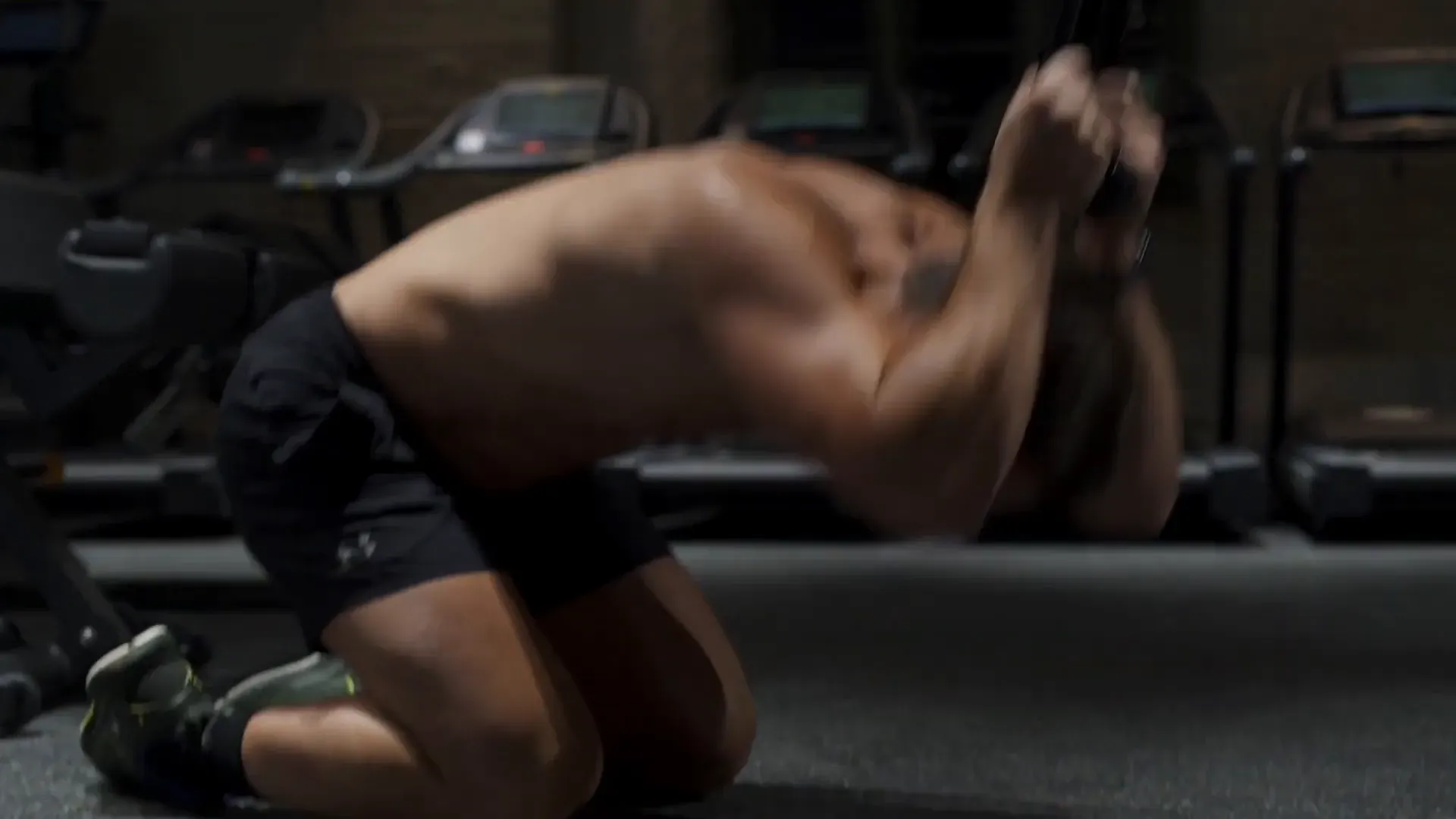
The cable rope crunch is a classic weighted ab exercise that effectively targets the central abs. The resistance from the cable machine adds intensity, making it one of the best exercises for building core strength and muscle definition.
How to Perform the Cable Rope Crunch:
- Set the cable machine to a high position and attach a rope handle.
- Kneel down, hold the rope behind your head, and pull down, aiming your elbows toward your knees.
- Focus on engaging your core and exhale as you crunch to feel a deep contraction in your abs.
Common Mistakes to Avoid: Many people tend to push their palms backward, which can reduce the effectiveness of the movement. Instead, focus on moving from the elbows and flexing the torso.
Benefits for Both Men and Women: This exercise is beneficial for both ab exercises for men and best exercises for abs female routines, as the adjustable weight allows for intensity control based on your fitness level.
Exercise 3: Cable Wood Chop
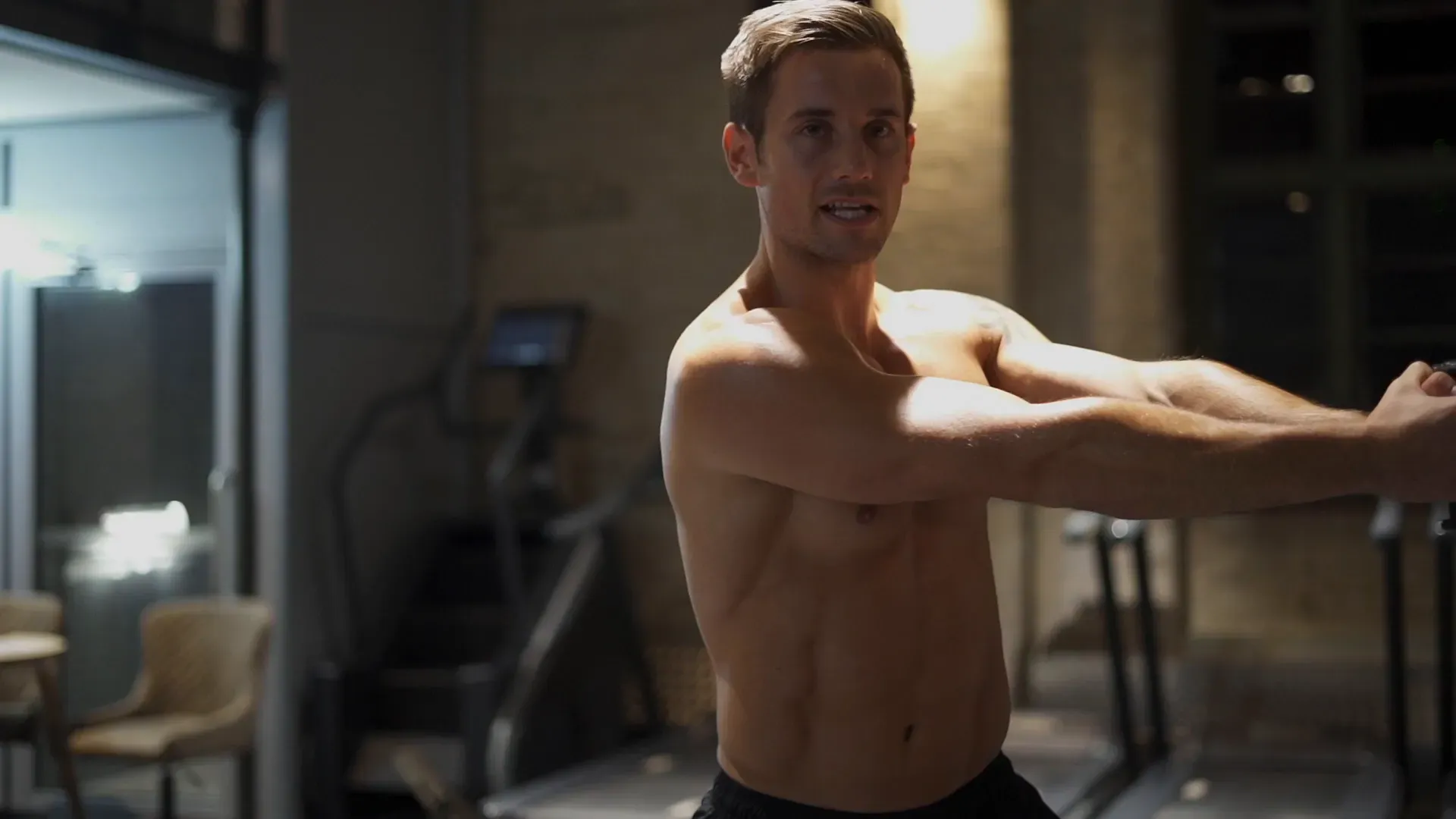
The cable wood chop targets the obliques, making it one of the best ab exercises for rotational core strength. It also engages the upper and lower abs, contributing to a well-rounded core workout.
How to Perform the Cable Wood Chop:
- Set the cable machine at chest height and stand with your feet shoulder-width apart.
- Grab the handle with both hands, engage your core, and pull the cable across your body, simulating a wood-chopping motion.
- Ensure your arms remain straight with a slight bend in the elbows and twist your torso for a full rotation.
Proper Form Tips: Keep your back straight, avoid over-rotating your hips, and focus on using your core to drive the movement. This exercise is versatile and effective for both men and women, helping you build functional strength and target the obliques.
Exercise 4: Decline Sit Up
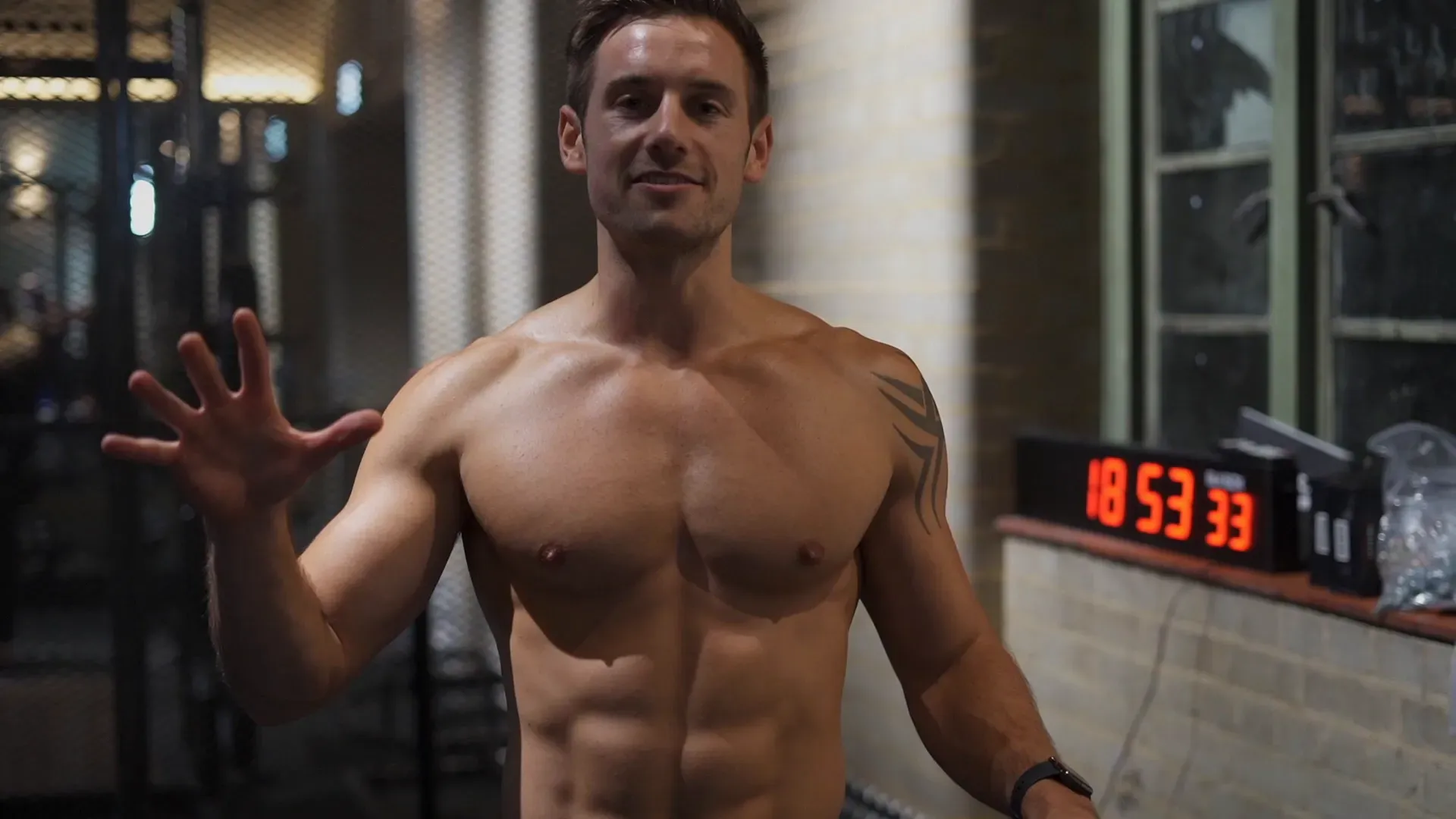
The decline sit-up is a powerful variation of the standard sit-up that uses a decline bench to increase intensity. It’s one of the best exercises for abs because it engages the entire abdominal area, including both the upper and lower abs.
How to Perform the Decline Sit-Up:
- Secure your feet at the top of a decline bench and lie back with your hands crossed over your chest or behind your head.
- Lower your body back, then contract your abs to lift yourself back up, exhaling as you reach the top.
- Squeeze your abs at the top of the movement for maximum engagement.
Technique Tips: Avoid pulling on your neck during the movement, as this can lead to strain. Focus on using your core to lift your body and pause briefly at the top to enhance the mind-muscle connection.
Benefits for Core Definition: The decline sit-up is especially effective for targeting the upper abs and can be intensified by adding a weight plate, making it a great weighted ab exercise for those seeking a greater challenge.
Exercise 5: Ab Rollout

The ab rollout is one of the most effective core exercises, engaging the entire abdominal area and enhancing core stability. This move can be performed using an ab roller or a barbell.
How to Perform the Ab Rollout:
- Begin in a kneeling position with the ab roller or barbell in front of you.
- Roll forward, keeping a straight line from your knees to your head, and maintain a tight core.
- Roll as far as you can while keeping control, then roll back to the starting position.
Avoiding Mistakes: Be careful not to let your back sag, as this can lead to lower back pain. Keep your core engaged and back neutral. For beginners, start with a smaller range of motion and gradually increase it as you build strength.
Why Ab Rollouts are Effective: This is a versatile exercise for both men and women and challenges the entire core, making it one of the best workout exercises for abs and suitable for a variety of fitness levels.
Training & Diet Tips for Defined Abs
Reps and Sets Recommendations
When training your abs, consistency is key. Aim for 10 to 15 reps per exercise, performing two to three sets depending on your fitness level. This rep range is effective for building strength and endurance in the core. Incorporating these best exercises for abs into your routine two to three times a week is recommended to allow muscles time to recover and grow.
The Importance of Nutrition for Abs
A well-rounded ab workout routine is only part of the equation. Nutrition plays a crucial role in reducing body fat, which is essential for achieving visible abs. Without proper dietary adjustments, your hard work in the gym may go unnoticed.
Key nutrition tips:
- Calorie Tracking: Using apps to track your intake can help create a calorie deficit, which is necessary for fat loss.
- Lean Proteins: Include sources like chicken, fish, and tofu to support muscle growth and recovery.
- Healthy Fats: Foods like avocados, nuts, and seeds are essential for hormone regulation and provide lasting energy.
- Complex Carbohydrates: Opt for whole grains, fruits, and vegetables to fuel your workouts and keep you energized.
- Stay Hydrated: Proper hydration supports metabolism, aids digestion, and helps reduce bloating.
A strategic approach to diet and exercise will help you reach your goal of achieving visible abs. Stick to nutrient-dense foods, stay consistent with your calorie intake, and prioritize lean proteins to support your muscle-building efforts.
Practical Applications
- Weekly Training Frequency: Aim to train abs two to three times per week. This frequency allows for muscle recovery while building core strength and endurance.
- Rep and Set Range: For each exercise, aim for 10-15 reps and perform 2-3 sets. This range supports both muscle definition and strength gains in the core.
- Cardio for Fat Loss: Incorporate at least 150 minutes of moderate-intensity cardio weekly, like brisk walking or cycling. This helps reduce body fat, making your abs more visible.
- Calorie Tracking: onitor daily intake and maintain a calorie deficit. Tracking consistently can improve awareness and help adjust nutrition to support fat loss.
- Core-Focused Diet: Prioritize lean proteins, healthy fats, and complex carbohydrates. Aim for meals that are nutrient-dense, with at least 20-30 grams of protein per serving to aid muscle recovery.
Example 1: For a busy schedule, try two 20-minute ab-focused sessions a week, adding three days of 30-minute brisk walks. Track daily calories with an app and adjust intake for a gradual calorie deficit.
Example 2: Pair three weekly ab workouts (2 sets of 12 reps per exercise) with three cardio sessions of 45 minutes each, focusing on protein-rich meals to support muscle repair and fat loss.
Fact-Check of Key Points
Shed Body Fat for Visibility
The claim that shedding body fat is necessary to showcase abs is generally accurate; however, it oversimplifies the process. Genetics, body composition, and individual differences play a significant role in how visible abdominal muscles can be, regardless of body fat percentage. Some individuals may have a well-defined core at higher body fat levels due to genetic factors.
Tracking Food Intake
While the article suggests tracking food intake, it is essential to recognize that not everyone may find this method helpful or sustainable. Some individuals might benefit more from intuitive eating or other methods of monitoring dietary habits that align with their lifestyle. The emphasis on tracking may not be necessary for everyone and could lead to an unhealthy focus on calorie counting for some.
Exercise Technique and Injury Prevention
The emphasis on proper form during exercises like the cable wood chop and decline sit-up is valid, but the article could better address individual differences in mobility and strength. Not everyone will have the same ability to maintain the suggested form, which may increase the risk of injury. It’s crucial for readers to listen to their bodies and modify exercises as needed to prevent harm, especially if they have pre-existing conditions or injuries.
Nutrition's Role in Abs Visibility
The article outlines dietary recommendations such as prioritizing protein and complex carbohydrates. However, it may not adequately address the importance of balanced nutrition and how excessive focus on specific macronutrients can sometimes lead to unhealthy eating behaviors. It's essential to consider a holistic approach to nutrition that includes a variety of foods for overall health rather than just targeting macronutrients.
In summary, while the expert's claims provide a useful framework for achieving visible abs and enhancing core strength, it’s crucial to acknowledge individual variability in fitness and nutrition. Each person's journey will differ based on their unique circumstances.
Science of Abdominal Exercise
Abdominal exercises are widely practiced for improving core strength, reducing abdominal fat, and enhancing overall body composition. Meta-analyses provide key insights into the effectiveness of various exercise forms, such as high-intensity interval training (HIIT) and electromyographically measured abdominal routines, on muscle activation and fat reduction.
Key Findings from Meta-Analyses
- Abdominal Fat Reduction: Studies indicate that high-intensity interval training (HIIT) is effective in reducing both total and abdominal fat, especially visceral fat, which is associated with cardiometabolic risk. HIIT routines involving running are particularly effective compared to cycling (Maillard et al., 2018).
- Muscle Activation with Equipment: EMG studies on various abdominal exercises show that the Ab-Slide and Torso Track are highly effective in activating core muscles, while minimizing non-target muscle activation. Such exercises can thus be valuable for people seeking targeted abdominal workouts (Escamilla et al., 2006).
- Abdominal Muscle Strength: Resistance-based abdominal exercises, like the incline sit-up, are effective for improving abdominal strength and endurance but do not significantly reduce abdominal fat or girth. Exercise machines and incline sit-ups enhanced strength but showed limited impact on reducing subcutaneous fat (Thomas & Ridder, 1989).
Practical Applications
- For Fat Reduction: HIIT, especially with running, offers time-efficient fat reduction benefits, including both abdominal and visceral fat. Aerobic exercise is also effective, particularly when performed consistently over weeks.
- For Core Strength: Devices such as the Ab-Slide and traditional crunches are effective for muscle activation and strengthening. These exercises are useful for building endurance and stability, though they may not lead to significant fat loss alone.
- Consideration of Equipment: Users with low back issues may benefit more from devices that limit rectus femoris engagement, like the Ab-Slide or abdominal crunch, as they minimize low-back stress.
Scientific conclusion
Abdominal exercises improve core strength and can aid in fat reduction when combined with high-intensity or aerobic exercise routines. However, exercises targeting abdominal muscles alone are insufficient for substantial fat loss; integrating these with aerobic and resistance training yields more comprehensive results in body composition and core endurance.
More Little-Known Tips for Building Visible Abs
- Incorporate Unilateral Movements: Exercises that focus on one side at a time, like single-arm carries or single-leg raises, activate stabilizing muscles and improve overall core strength. This helps build a balanced, functional core that contributes to defined abs.
- Focus on Breathing Techniques: Proper breathing during ab exercises—like exhaling during the contraction phase—enhances core engagement and allows for a stronger contraction. Diaphragmatic breathing, where you breathe deeply into the abdomen, can also improve core stability and endurance.
- Try Adding Resistance Gradually: While bodyweight exercises are effective, adding resistance with weights or cables can take your core strength to the next level. Start light, adding small weights or resistance bands to movements like cable crunches or decline sit-ups to increase intensity over time.
- Use Tempo Training: Slowing down the tempo of each rep increases time under tension, making each movement more challenging and effective. For example, try taking 3-4 seconds to lower yourself during a hanging leg raise, engaging the core throughout the entire movement.
- Activate the Core Throughout the Day: Practice engaging your core in everyday activities—whether you’re sitting, standing, or lifting objects. This not only strengthens your abs passively but also reinforces muscle memory for your workouts.
Using these lesser-known strategies can enhance your core workout, helping you build stronger, more visible abs faster. Try incorporating one or two of these tips each week to keep your routine fresh and challenging.
My Opinion on Six-Pack Abs
I believe building visible abs is about more than aesthetics; it's a reflection of dedication, discipline, and a balanced approach to fitness. While some people argue that endless ab exercises alone will bring results, I disagree. From my experience, it's clear that lowering body fat through a combination of cardio and nutrition is essential. No matter how strong your core is, a layer of body fat can prevent those muscles from showing.
I understand that some might find calorie tracking and diet adjustments tedious, preferring to focus on exercise alone. However, I think that seeing real results requires a holistic approach. Tracking intake doesn’t just help with weight management—it provides insight into eating habits, making it easier to maintain a calorie deficit over time.
Another common viewpoint is that ab exercises are best done daily. Personally, I’ve seen better results by training abs two to three times a week, allowing time for muscle recovery. In my opinion, overworking any muscle group can lead to burnout or injury, which defeats the purpose of a sustainable routine. In the end, achieving visible abs is about smart training, not just hard training.
Concluding on the Path to a Six-Pack
Building visible abs requires more than just crunches—it’s a mix of dedicated ab exercises, disciplined nutrition, and regular cardio to lower body fat. The exercises in this guide provide an effective structure for building core strength and achieving a well-defined midsection. Focus on form, consistency, and a balanced diet to help reveal those hard-earned muscles.
If you're looking for a tool that takes the guesswork out of your ab routine, the Dr. Muscle app can be your go-to. It not only designs custom workouts but also adapts each session to your progress, automatically helping you burn fat and build muscle. Try it out with a free trial at Dr. Muscle, and let automation help guide you toward a stronger, more defined core.
FAQ: Common Questions About Abs Exercises
How often should I train my abs?
Training your abs two to three times per week is sufficient. This frequency allows your muscles to recover and grow without overtraining.
Is cardio necessary for visible abs?
Yes, cardio can help reduce body fat, which is essential for revealing your abs. Combine cardio with a balanced diet for the best results.
What are the best foods for getting abs?
Lean proteins, healthy fats, and complex carbohydrates are excellent choices. These nutrient-dense foods help support muscle growth and fat loss.
Should I feel sore after an ab workout?
Some soreness is normal, especially when trying new exercises. However, avoid pushing through severe pain, as it may indicate an injury.
Can I train my abs every day?
While light core work can be done daily, it’s best to allow time for recovery after intense ab workouts. This approach helps prevent injury and promotes muscle growth.
